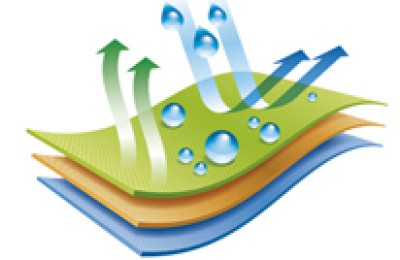On July 15, the 2020 Real Offer Competition National Tour·Joaquin Futures Special Event was held online. This online event with the theme of “Discussion by Real Market Experts – Future Market and Trading Strategies of Cotton Futures in 2020” was hosted by the Periodical Business School. At the meeting, special lecturers from the Business School of the Journal and relevant persons from Huajin Futures conducted an in-depth analysis of the current cotton 2009/2101 contract position shifting effect, domestic and foreign cotton market trends and other aspects. This online event was viewed by nearly 1,300 people.
Pan Yiping, a researcher at the Soft Commodity Research Institute of the Huajin Futures Asset Management Center, said that when the global economy grows, cotton consumption growth is lower than GDP growth; when the world encounters the major black swan event of the epidemic, cotton consumption A deep decline, exceeding the decline in GDP. In the past nine years, the average growth rate of cotton consumption has been only 1%. Although the growth rate of PTA, a competitive commodity, has gradually declined, the average growth rate has still reached 6.6%.
Market sources said that most of the textile benefits brought by China’s accession to the WTO benefited chemical fibers. Domestic production increased from 6.94 million tons in 2000 to 50.11 million tons in 2018. During the same period, yarn production It rose from 6.57 million tons to 29.59 million tons. This is not just a substitution, but a capture of the incremental market so that cotton remains a stock market. In fact, good macroeconomic conditions cannot significantly increase cotton consumption, while macroeconomic malaise can significantly reduce cotton consumption.
“The main reason for the reduction in global cotton production is the reduction in planting area in the United States. However, the overall adjustment is relatively small. The reduction in exports comes from the reduction in exports caused by the reduction in US production.” Pan Yiping said, The decrease in imports comes from the increase in opening inventories in major importing countries such as Pakistan and Turkey.
Statistics from the Ministry of Agriculture of India show that India’s total planting area in 2020/2021 was 7.1692 million hectares, an increase of 4.461 million hectares compared with the same period of the previous year. The reason why India’s cotton planting area increased significantly year-on-year was that the MSP (minimum purchase price) increased by 260-275 rupees/quintal.
In fact, according to a reporter from Futures Daily, under the influence of the new coronavirus epidemic, cotton consumption in India has fallen sharply, resulting in a surge in ending stocks. However, as MSP prices have risen year after year, and CCI’s purchase and storage is expected to hit a record in recent years, and it will be sold at a discounted price to maintain competitiveness, India’s initiative to reduce the area is not expected to be high. Affected by the monsoon season, India’s planting progress hit a record, with the area doubling year-on-year.
In Pan Yiping’s view, the current cotton market needs to pay attention to three aspects: First, the supply side, the planting area is expected to be basically reflected. At present, the variability is small, and the focus is on the impact of weather on the main production areas. . Second, on the demand side, the epidemic expectations are basically reflected, but the economic recovery after the epidemic still needs time to be tested. Third, on the trade side, major importing countries are expected to increase inventories and put greater pressure on exports. We need to pay attention to whether the downstream orders brought by the resumption of work will be better than expected and whether there are any import policy surprises.
As for the cotton market outlook, Lin Yuxing, a distinguished lecturer at the Journal Business School, believes that U.S. cotton is the only bullish factor, while global supply and demand, Indian production and my country’s inventory are all bearish factors. </p







